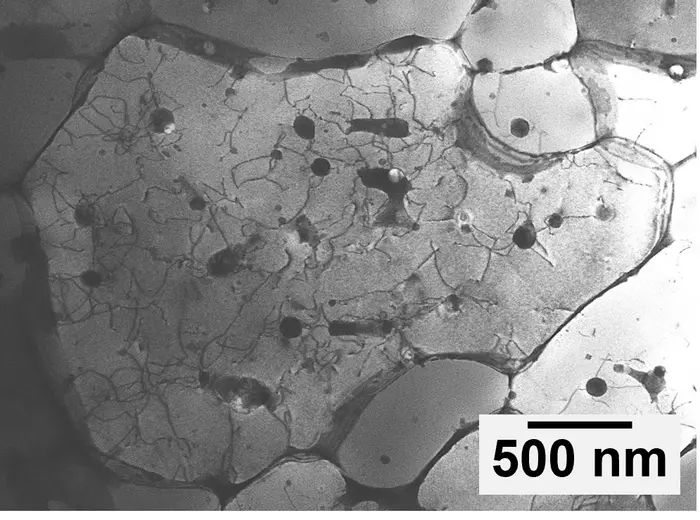Researchers at the National Institute of Standards and Technology (NIST) have identified quasicrystals in a 3D-printable aluminum alloy, according to a study published in the Journal of Alloys and Compounds. NIST materials engineer Andrew Iams discovered the unique atomic arrangement while examining the alloy with an electron microscope. The findings help explain why certain aluminum-zirconium alloys can be successfully 3D printed without cracking issues that typically affect high-strength aluminum materials.

Metal 3D printing, particularly powder bed fusion, melts metal powder layer by layer using high-powered lasers. The process creates geometries impossible to achieve through traditional manufacturing methods. However, most high-strength aluminum alloys crack during printing, limiting their use in additive manufacturing applications.
The research team discovered that quasicrystals – structures with unusual symmetry patterns – form in the aluminum-zirconium alloy during the extreme heating conditions of the printing process. Using advanced imaging techniques, Iams confirmed the presence of quasicrystals by observing their distinctive fivefold, threefold, and twofold symmetry from various angles. These structures disrupt the metal’s uniform crystalline pattern, creating defects that enhance the alloy’s strength.
The study addresses a significant challenge in 3D printing aluminum. While traditional aluminum melts at approximately 700 degrees Celsius, metal 3D printing involves temperatures exceeding 2,470 degrees Celsius, which significantly alters material properties. Researchers found that adding zirconium helps stabilize the aluminum during these extreme conditions.
This research may lead to new approaches in designing metal alloys specifically for additive manufacturing. By understanding how quasicrystals contribute to material strength, engineers could potentially develop aluminum alloys with improved properties for aerospace components, heat exchangers, and automotive parts. The study’s results have particular significance for industries requiring lightweight yet strong materials that can be produced through 3D printing.
Source: scienmag.com

